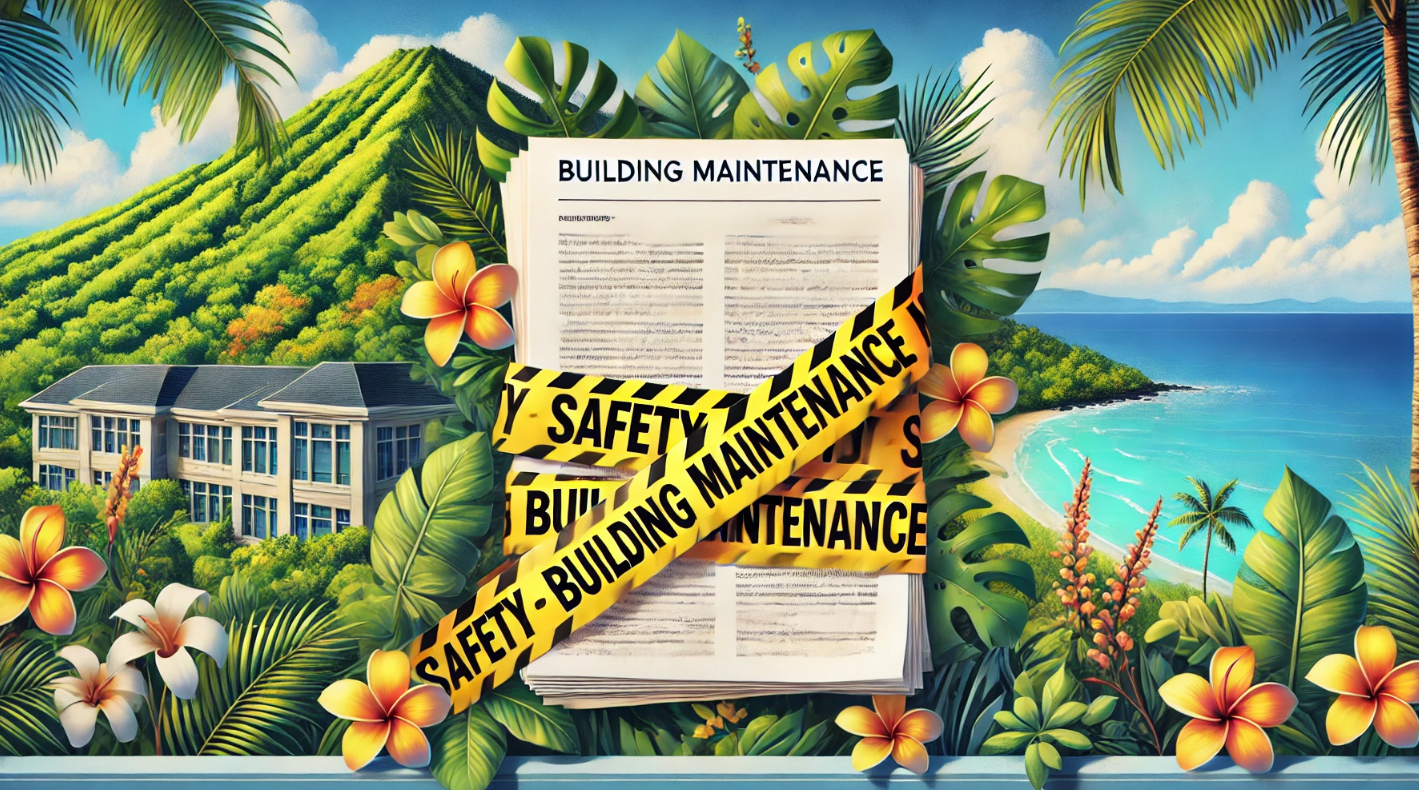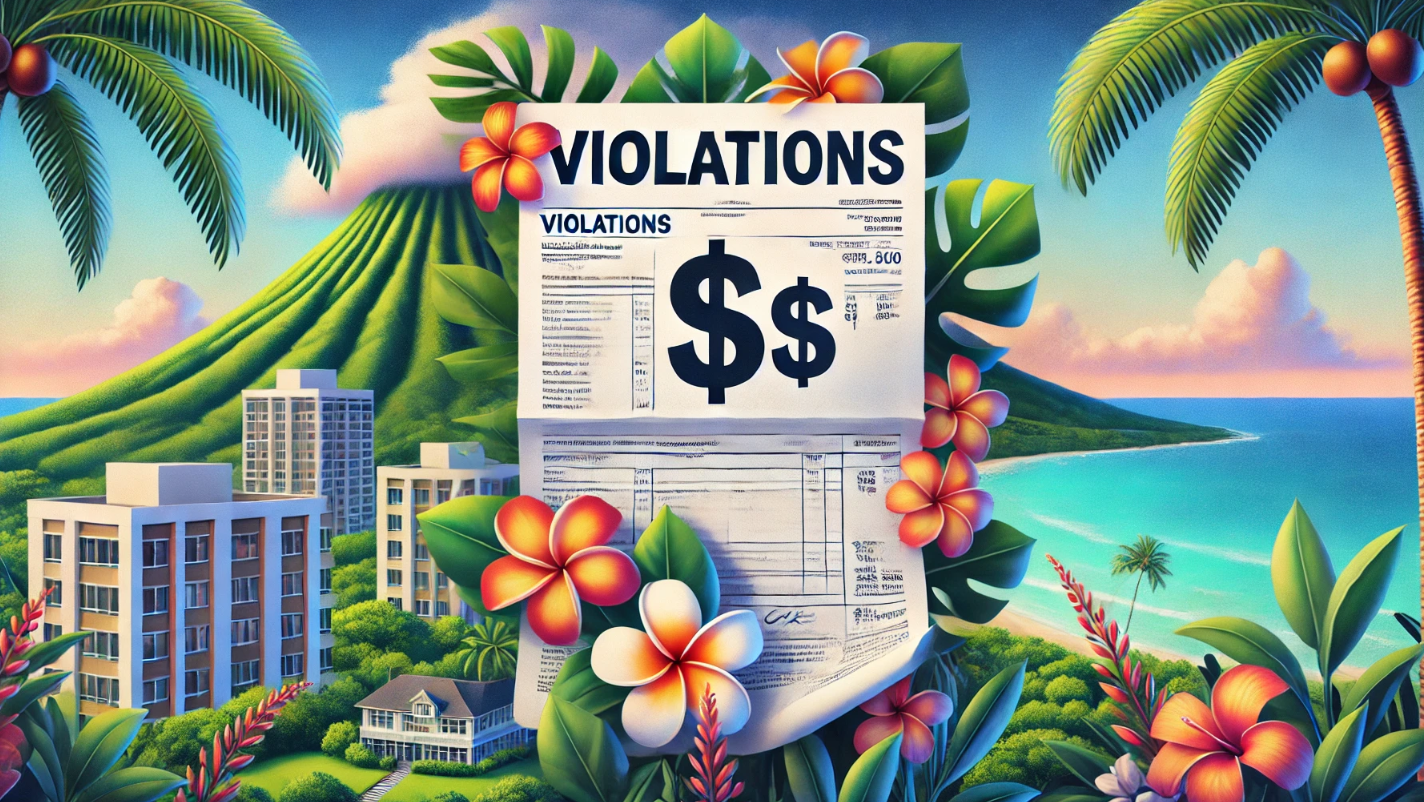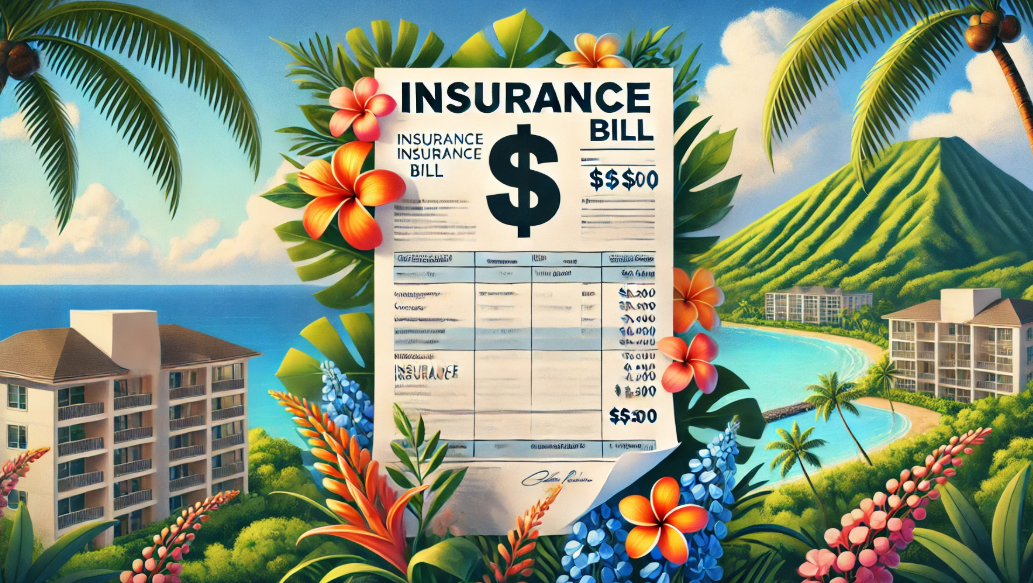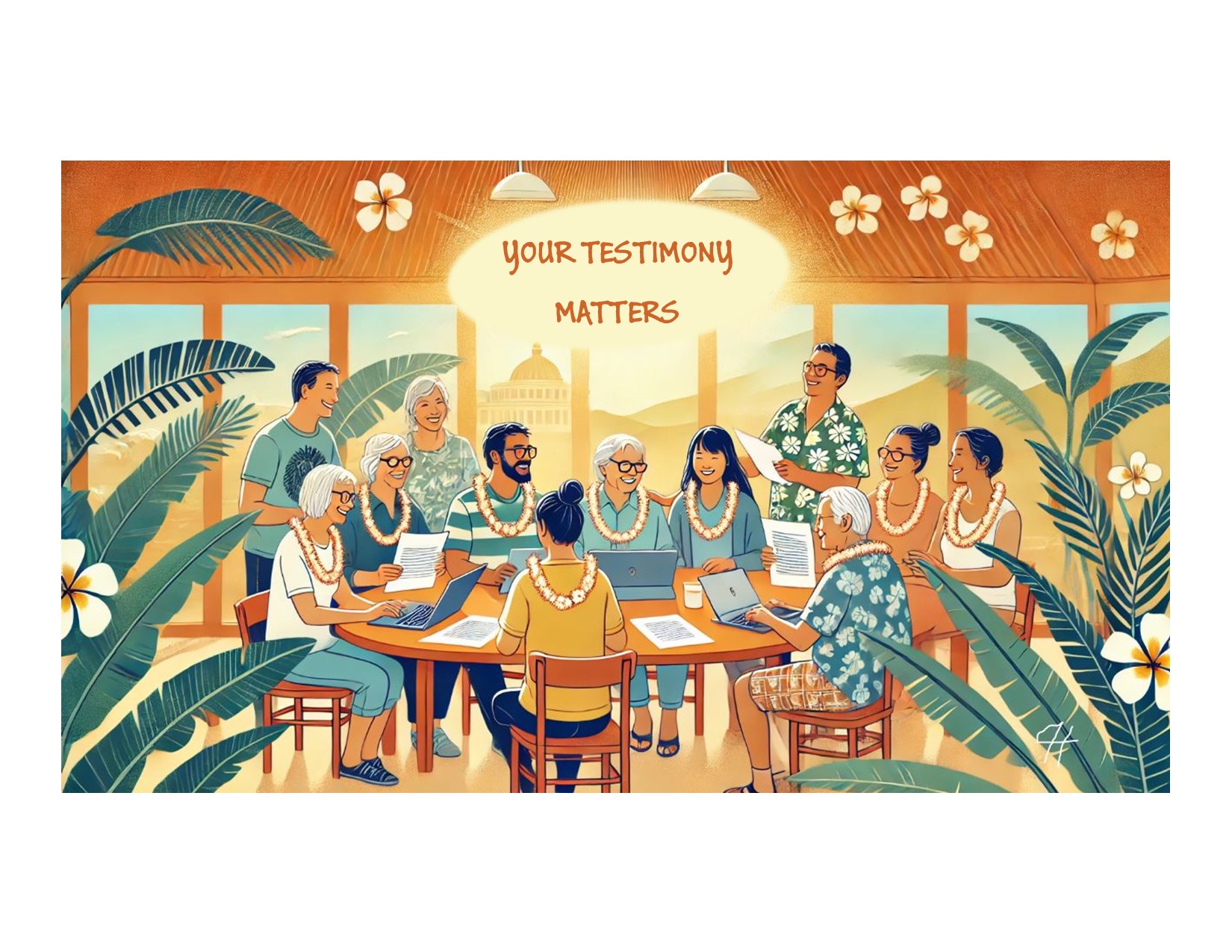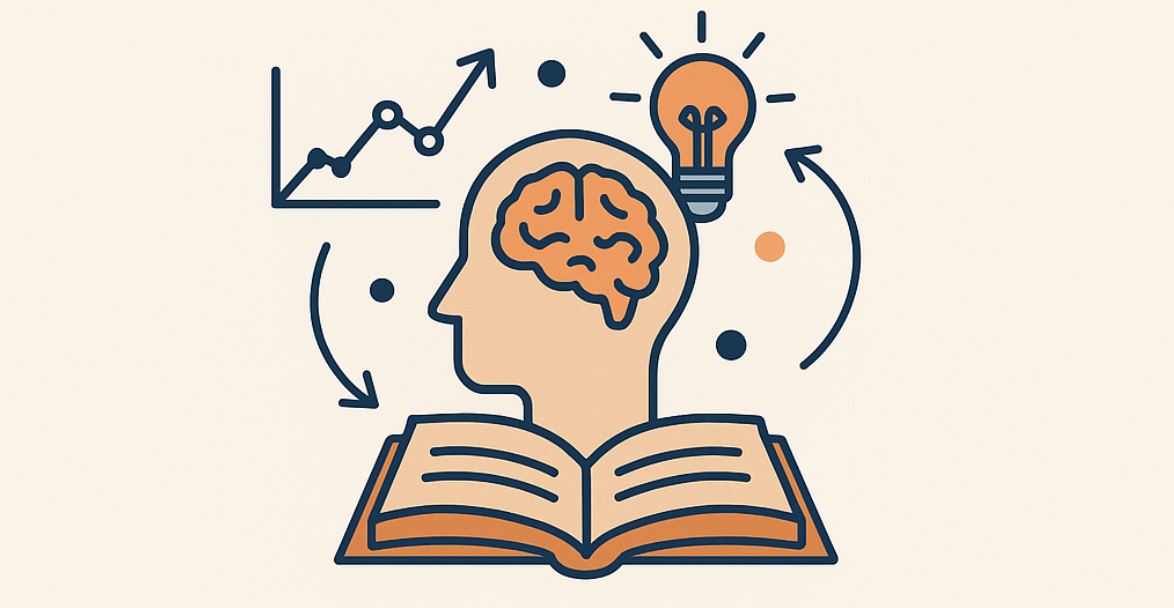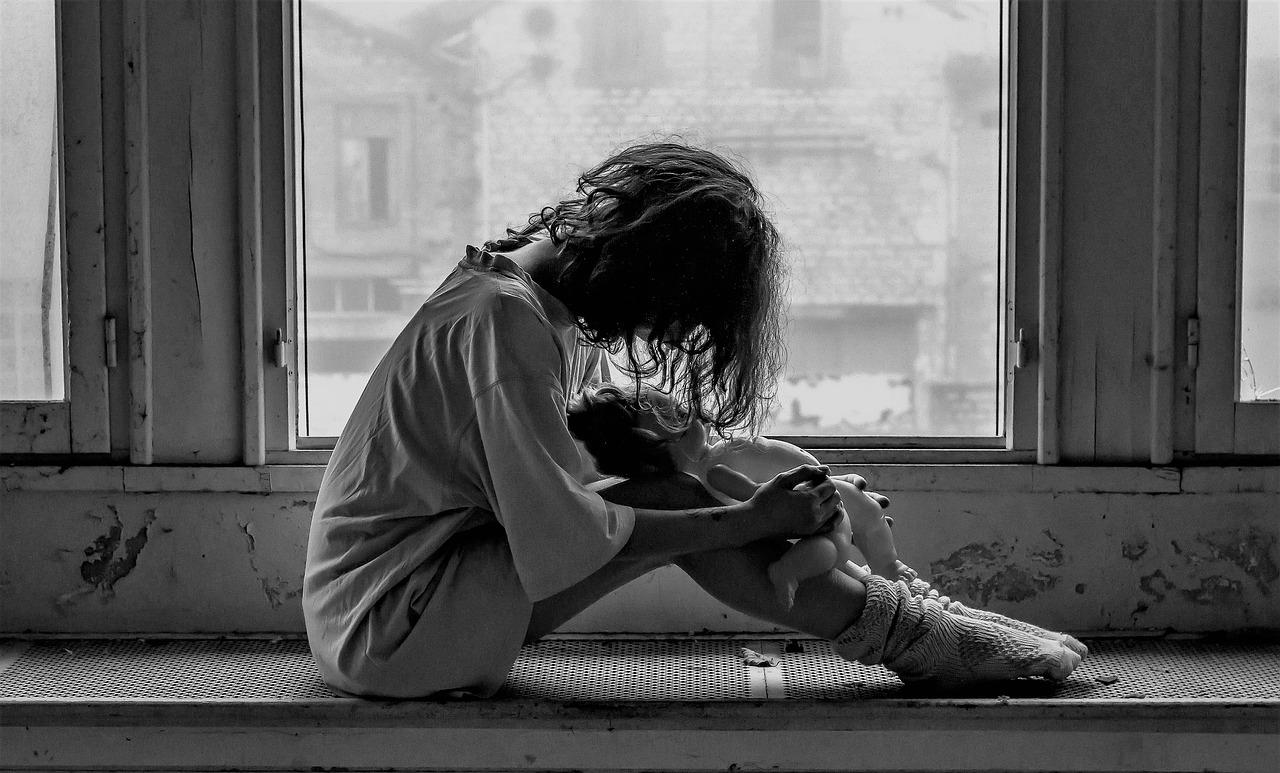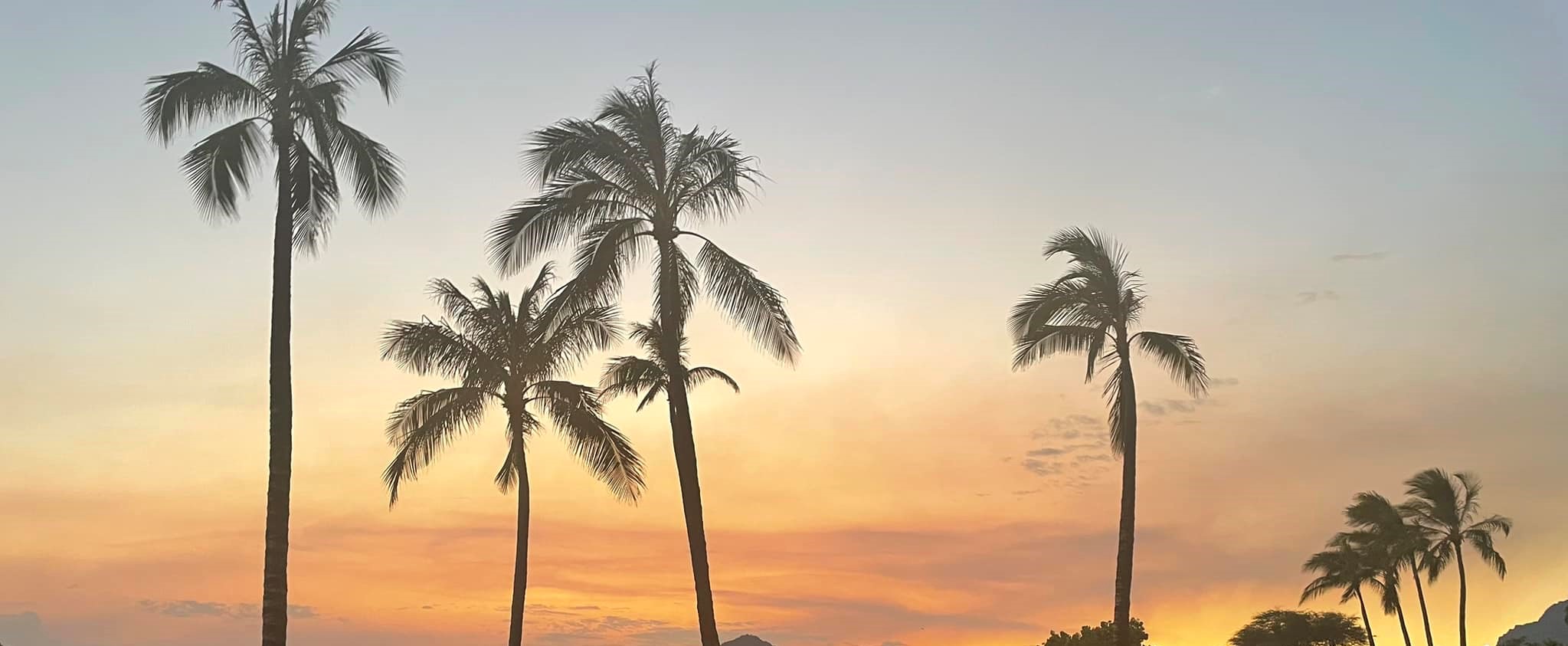Houseless Rehabilitation Center Draft Proposal Outline
Alignment with State Initiatives
Welcome to the draft outline of an innovative and compassionate solution aimed at addressing the houseless population in Oahu, Hawaii. This plan aligns closely with the state’s ongoing initiatives to address homelessness in Hawaii, particularly through the “Ohana Zones” concept. As outlined in the 2024 legislative reports from the Hawaii Interagency Council on Homelessness (HICH) and the State Office on Homelessness and Housing Solutions (SOHHS), “Ohana Zones” are designated safe spaces that provide shelter, hygiene facilities, and integrated support services for those experiencing homelessness.
The cruise ship rehabilitation center can serve as a pioneering model for an “Ohana Zone,” utilizing the unique environment of the ship to create a multi-level facility where services are organized by stages of rehabilitation. By offering a comprehensive suite of services—including medical care, mental health support, addiction recovery, vocational training, and housing assistance—all under one roof, the center supports the state’s goal of coordinated service delivery. This innovative approach not only provides a safe and dignified space for clients but also optimizes the use of resources by centralizing services in a single, contained environment.
Utilizing Available Funding Opportunities
The 2024 legislative reports highlight several funding streams that could potentially be redirected or newly allocated to support this innovative rehabilitation center. For example, the state has allocated funds specifically for “Ohana Zones” and permanent supportive housing solutions. By framing the cruise ship rehabilitation center as an extension or enhancement of these existing programs, we can advocate for a portion of these funds to be directed towards our initiative.
Additionally, there are federal grants and funding opportunities, such as those from the Substance Abuse and Mental Health Services Administration (SAMHSA) and the U.S. Department of Housing and Urban Development (HUD), that prioritize innovative solutions to homelessness and integrated service models. We will explore legislative partnerships and advocacy efforts with the Hawaii State Legislature and federal agencies to secure dedicated funding, leveraging the momentum and priorities already identified in the state’s strategic plans for homelessness.
Data and Outcomes
To align with the legislative focus on accountability and effectiveness, we are committed to tracking and reporting detailed data on client outcomes. This will include metrics such as the reduction in the number of unsheltered individuals, improvements in health outcomes, increased employment rates among participants, and successful transitions to stable housing.
By incorporating the outcome metrics recommended by HICH and SOHHS, we aim to demonstrate the program’s success and build broader support. These data-driven results will not only provide transparency but also help refine our programs to ensure they remain effective and aligned with both state and federal goals. Our commitment to rigorous data collection and analysis will be key to sustaining support and securing ongoing funding for the rehabilitation center.
DRAFT PLAN for Oahu’s first floating Houseless Rehabilitation Center
By utilizing the unique space of a cruise ship, we envision a multi-level rehabilitation facility where each deck represents a different stage in the journey from homelessness to stability and self-sufficiency. The ship would offer comprehensive services—ranging from medical and mental health care to vocational training and educational opportunities—all designed to empower individuals to rebuild their lives.
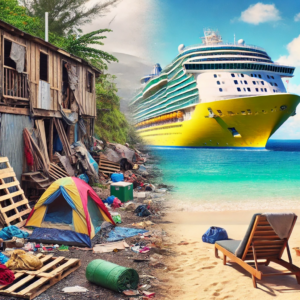
Please take a look at the details below, keeping in mind that this is a work in progress. Your feedback and ideas are not only welcomed but essential as we continue to refine this innovative approach to solving one of our most pressing social challenges. While this plan is still in its early stages, we believe in its potential to become a beacon of hope and transformation. We invite you to review the concept, offer your insights, and join us in imagining a brighter future for our community. Together, we can create a space that uplifts and supports those most in need, turning a vision of renewal into a reality!
Table of Contents
Here are the elements covered in the plan below, you may click on them to jump down the page:
- Ship Layout and Client Stages
- Staffing and Operations
- Services and Programs
- Partnerships and Collaboration
- Funding and Financial Plan
- Legal and Compliance
- Impact and Evaluation
- Risk Management
Ship Layout and Client Stages
- Level 1 (Lower Levels): For clients with severe behavioral issues, mental health crises, or a history of violence. This level would have no windows and will be secure, with 24/7 surveillance and highly trained staff, including security personnel, psychologists, and licensed medical professionals.
- Level 2 (Middle Levels): For clients who are stabilizing but still require intensive support, such as those dealing with addiction, recent trauma, or ongoing mental health challenges. This level would provide semi-private rooms, therapeutic facilities, counseling offices, and areas for group therapy sessions.
- Level 3 (Upper Levels): For clients ready to transition back into society. This level would offer job training, education, workshops, and connections to community resources. Clients may live in more comfortable, ocean-view rooms and have access to common areas designed for community building and self-improvement.
- Facilities, Services, and Security Measures Required:
- Level 1:
- Facilities: Secure, locked-down units with private rooms, soundproofing, and controlled access.
- Services: Constant medical and psychiatric care, intensive therapy sessions, emergency response protocols.
- Security Measures: 24/7 security personnel, CCTV surveillance, restricted movement within the level, alarm systems, and emergency response teams.
- Level 2:
- Facilities: Shared rooms or semi-private accommodations, communal therapy areas, dining facilities, recreational areas, medical offices.
- Services: Addiction recovery programs, group and individual therapy, peer support programs, medical check-ups, vocational training.
- Security Measures: Moderate security presence, surveillance, controlled access points, staff trained in de-escalation techniques.
- Level 3:
- Facilities: Private rooms with ocean views, access to shared community areas, libraries, training centers, job placement offices.
- Services: Job placement services, life skills workshops, continuing education opportunities, group therapy, social reintegration support.
- Security Measures: Minimal security, mainly to protect staff and maintain order; routine checks and support staff available.
Table of Contents
- Level 1:
Staffing and Operations
- Types of Staff Needed:
- Level 1:
- Licensed medical professionals (nurses, doctors specializing in mental health and emergency care)
- Psychologists and psychiatrists
- Security personnel trained in crisis intervention
- Social workers specialized in trauma and addiction
- Case managers to handle individualized client plans
- Level 2:
- Addiction counselors and therapists
- Medical staff for routine care (nurses, general practitioners)
- Occupational therapists
- Vocational trainers and educational staff
- Peer support specialists
- Security staff with de-escalation training
- Level 3:
- Employment and vocational counselors Life skills coaches and mentors Administrative staff for program coordination Community outreach coordinators Minimal medical staff for basic health care needs Program evaluators and data analysts for tracking client progress
2. Staffing Numbers for Effective Operations:
For a ship accommodating 1,500 clients, a rough estimate of staffing requirements could be:
- Level 1:
- 50-75 medical professionals (nurses, doctors)
- 25-50 mental health professionals (psychologists, counselors)
- 50 security personnel
- Level 2:
- 40-60 addiction counselors and therapists
- 20-30 vocational and educational trainers
- 20-30 medical staff
- 15-25 security staff
- Level 3:
- 20-30 job and vocational counselors
- 15-20 life skills coaches
- 10-15 administrative staff
- Overall support staff: Including chefs, cleaning staff, maintenance workers, and general support personnel, estimated at 100-150.
Total estimated staff: 500-600, allowing for rotation, shifts, and 24/7 coverage.
3. Training and Certifications Required:
- Medical Staff: Licenses and certifications in their respective fields (e.g., RN, MD, DDS), training in emergency care, mental health first aid, crisis intervention.
- Security Personnel: Certification in nonviolent crisis intervention (CPI), de-escalation techniques, emergency response training, and familiarity with maritime security regulations.
- Counselors and Social Workers: Licensure in social work or counseling (e.g., LCSW, LMHC), specialized training in trauma-informed care, addiction counseling certifications.
- Support Staff: Basic safety and emergency response training, customer service, and cultural sensitivity training.
- All staff should be trained in maritime safety procedures, CPR, first aid, and emergency evacuation protocols.
Table of Contents
Services and Programs
- Services Offered to Clients:
- Comprehensive medical care similar to a hospital, including primary care, emergency response, and specialized care for addiction, mental health, and chronic conditions. Mental health services: individual and group therapy, trauma-informed care, psychiatric evaluations, and medication management. Dental Care: Onboard dental clinic offering basic and emergency dental services, including cleanings, fillings, extractions, and preventive care. Addiction recovery programs: detoxification services, 12-step programs, peer support groups, cognitive-behavioral therapy (CBT), and other evidence-based practices. Vocational and life skills training: job readiness programs, resume workshops, interview preparation, computer skills training, and financial literacy. Education services: GED preparation, literacy programs, continuing education courses. Recreational therapy and wellness programs: fitness classes, art therapy, meditation, yoga, and other holistic approaches. Case management and social services: individualized care plans, assistance with obtaining identification, housing, and benefits, and reintegration support.
- Client Progression Criteria:
- Intake Evaluation: All clients will undergo a comprehensive intake assessment to determine their initial placement on the ship based on behavior, medical needs, addiction severity, and readiness for rehabilitation.
- Stage Advancement Criteria:
- Regular psychological evaluations and progress assessments.
- Completion of addiction recovery milestones (e.g., consistent participation in therapy, maintaining sobriety).
- Demonstrated improvement in behavior, mental health stability, and compliance with program rules.
- Successful completion of vocational training modules or employment readiness courses.
- Active participation in community service or on-board employment opportunities.
- Progression Process: A multidisciplinary team review will determine client readiness to advance to a higher level. Progress will be tracked using standardized metrics and individualized plans.
Table of Contents
Partnerships and Collaboration
- Potential Partners:
- Local Government: City and County of Honolulu, Hawaii State Department of Health, Department of Human Services. Nonprofits: Hawaii Community Foundation, Partners in Care Oahu, Institute for Human Services (IHS), Family Promise of Hawaii. Healthcare Providers: Kaiser Permanente Hawaii, Queen’s Medical Center, Hawaii Pacific Health. Educational Institutions: University of Hawaii, Honolulu Community College, Kapiolani Community College. Business Community: Chamber of Commerce Hawaii, local hotels and tourism organizations, construction companies for ship retrofit.
- Potential Sources of Funding:
- Federal and State Funding: HUD’s Continuum of Care (CoC) Program, SAMHSA (Substance Abuse and Mental Health Services Administration) grants, Hawaii State Homeless Programs Office grants.
- Private Grants and Donations: Hawaii Community Foundation grants, local philanthropic organizations, private donors.
- Corporate Sponsorships: Partnerships with local businesses, hotels, and tourism companies.
- Non-Profit Funding: Grants available for non-profit rehabilitation services, faith-based organizations, and community development grants.
Table of Contents
Funding and Financial Plan
Estimated Costs:
- Acquisition and Retrofitting Costs:
- Cost of acquiring a decommissioned cruise ship: $5-20 million (depending on size and condition).
- Retrofitting costs (including construction, medical facilities, security measures, and accommodations): $10-30 million.
- Contractors could donate labor or materials as a charitable contribution, potentially reducing costs by 10-20%.
- Ongoing Operational Budget:
- Estimated at $10-15 million per year, including staff salaries, food, utilities, medical supplies, insurance, and maintenance.
- Revenue Streams and Funding Sources: Federal and state funding programs specifically allocated for homelessness and mental health. Private grants from foundations, philanthropic organizations, and individual donors. Revenue generated through on-board services or vocational programs (e.g., selling goods made by clients). Corporate partnerships and sponsorships, leveraging the program’s impact for social responsibility goals.
- Ensuring Financial Sustainability: Position the rehabilitation ship as a more effective and humane solution to homelessness than current models (e.g., emergency shelters, jails). Advocate for reallocating government funds currently used for punitive measures toward this rehabilitative initiative. Develop a robust fundraising and community engagement strategy to build support from diverse stakeholders.
- View the detailed financial draft
Table of Contents
Legal and Compliance
Permits, Licenses, and Regulations:
- Permits and Licenses: Licensure from the Hawaii Department of Health for operating a rehabilitation facility, maritime operating permits, adherence to the Americans with Disabilities Act (ADA) standards.
- Healthcare Regulations: Compliance with state and federal healthcare laws, including HIPAA (Health Insurance Portability and Accountability Act).
- Maritime Regulations: U.S. Coast Guard regulations for passenger ships, SOLAS (Safety of Life at Sea) requirements.
- Zoning and Maritime Laws:
- Zoning Laws: Coordination with local zoning authorities to ensure the ship’s location does not violate any local ordinances.
- Maritime Laws: Adherence to international maritime law, maritime safety standards, and environmental regulations for waste disposal and pollution prevention.
Table of Contents
Impact and Evaluation
Measuring Success:
- Client Outcomes: Reduction in recidivism rates, increased employment rates, stable housing post-program.
- Reduction in the Houseless Population: Decrease in the number of homeless individuals on the streets and beaches of Oahu.
- Community Feedback: Positive community and stakeholder feedback through surveys and public opinion measures.
- Data Collection for Evaluation:
- Quantitative Data: Client intake and exit data, health outcomes, employment rates, relapse rates, and program retention rates.
- Qualitative Data: Client satisfaction surveys, staff feedback, community impact assessments.
- Theory-Based Evaluation: Utilize a theory of change model to link program activities to desired outcomes, regularly assessing whether these links hold true in practice.
Table of Contents
Risk Management
Potential Risks and Mitigation Strategies:
- Health and Safety Risks: Medical emergencies, mental health crises, or potential outbreaks of infectious diseases. Mitigate through well-trained medical staff, isolation procedures, and strict hygiene protocols.
- Security Risks: Violence or disruptive behavior from clients. Mitigate through layered security measures, trained personnel, and behavior intervention strategies.
- Financial Risks: Insufficient funding or unexpected costs. Mitigate through diversified funding streams, contingency planning, and regular financial audits.
- Structural Risks: Ship maintenance and seaworthiness issues. Mitigate through regular inspections, maintenance contracts, and adherence to maritime standards.
Handling Emergencies and Structural Issues:
- Violence or Security Threats: Immediate response protocols with trained security staff, de-escalation techniques, and, if necessary, coordination with local law enforcement.
- Medical Emergencies: Onboard medical team with emergency response training, equipment, and protocols aligned with local healthcare services for evacuation or specialized care.
- Structural Issues: Regular maintenance checks, partnerships with maritime safety experts, and a clear evacuation plan in place.
Table of Contents
Mahalo nui~
Thank you for taking the time to explore this draft plan for transforming a decommissioned cruise ship into a rehabilitation center for the houseless in Oahu. Your interest and engagement are invaluable as we strive to create a meaningful solution to address homelessness in our community.
We welcome your thoughts, suggestions, and feedback to help refine this vision and make it a reality. If you feel inspired to support this initiative—whether through partnership, funding, expertise, or simply sharing this concept with others—we encourage you to reach out. Together, we have the opportunity to make a lasting impact and provide a path to hope, healing, and a brighter future for those in need.
Please feel free to contact us through the website or via email to discuss how you can get involved. Your support could be the key to turning this idea into a life-changing program for many.
Thank you again for your time and consideration. We look forward to hearing from you!
Table of Contents
If you think there is not a real issue here in Hawaii watch this video Hawaii: Paradise Turned to Hell by Tyler Oliveira


